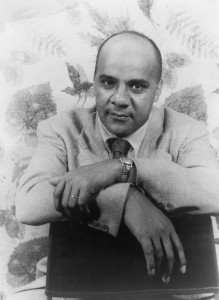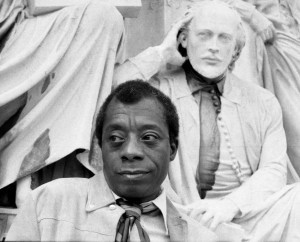I arrived in Boston the other day for the National Association of Black Journalists convention and it’s been a good visit. But it hasn’t gone off without a hitch. I’ve been here before, and I grew up in Philadelphia, which has many similarities. I was pretty sure I knew what to expect.
At the train station, I lined up with other travelers to catch a cab. I had a small backpack and one rollerboard suitcase that would have fit in an airplane’s overhead luggage rack. I know how to travel light.
A cab pulled up, and being next in line, I stepped up and told the cabbie my destination. The cabbie, who happened to have been a white male, proceeds to tell me that the major chain hotel that I’ve asked to go to, the one on the convention website for which I have a reservation, isn’t where I’ve said it is, and he can only take people to the airport anyway. Did I mention that I was the only black person standing there? He calls out for anyone going to the airport, a man comes forward (who happens to be white) and they take off.
Now, here’s the thing. When the next cab pulls up, I speak to the driver, and he agrees to take me to my destination. As I start to wheel my bag to the car, a blond-haired boy of about 10 who had been waiting with his family stepped forward and said, “I’ll help you.” He took the bag from me. I thanked him and got into the cab. When we set off, I told the cab driver what had transpired with the other driver. He confirmed my suspicion that the first cabbie lied and said, but honestly, he understood. “It’s because you are black.” He was black too, and it had happened to him as well, but he understood from the cab drivers’ point of view. He went on to tell stories of black customers who had shorted him on fares, black customers who wanted to make stops en route to get money to pay fares and black customers who didn’t tip or skimped on tips. White customers were nice to him. They know they are important, so they treated him as if he was important. They made small talk. They tipped. Not so, black customers, on the whole.
But he didn’t discriminate. He didn’t think it was fair to judge everyone based on the actions of a few, he said.
I told him that I had lived in more than one big city and had taken cabs all the time, and had not personally had the experience of having a cabbie lie to me in that way until that day. (I’m not naive; I know it happens. It just hadn’t been my experience.) He expressed surprise and told me about a black woman who had traveled to Boston on business who had walked blocks, dragging heavy luggage, because no cabs would stop. She thanked him profusely when he picked her up.
When we arrived, I thanked him for his honesty, paid my fare and gave my customary tip, collected my receipt and was on my way.
Welcome to Boston.

